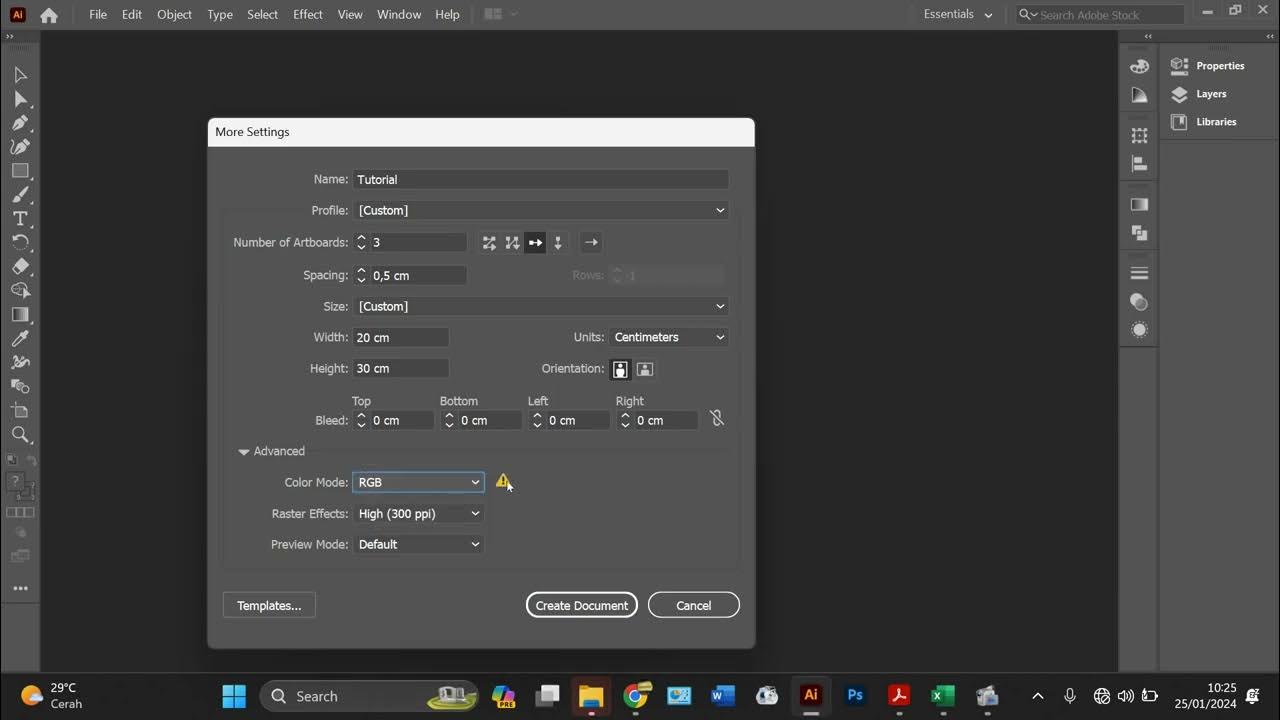RGB vs CMYK: What’s the difference?
99designs
6 Nov 202204:56
Summary
The video is abnormal, and we are working hard to fix it.
Please replace the link and try again.
Please replace the link and try again.
The video is abnormal, and we are working hard to fix it.
Please replace the link and try again.
Please replace the link and try again.
The video is abnormal, and we are working hard to fix it.
Please replace the link and try again.
Please replace the link and try again.
Outlines

This section is available to paid users only. Please upgrade to access this part.
Upgrade NowMindmap

This section is available to paid users only. Please upgrade to access this part.
Upgrade NowKeywords

This section is available to paid users only. Please upgrade to access this part.
Upgrade NowHighlights

This section is available to paid users only. Please upgrade to access this part.
Upgrade NowTranscripts

This section is available to paid users only. Please upgrade to access this part.
Upgrade NowRate This
★
★
★
★
★
5.0 / 5 (0 votes)
Related Tags
Color TheoryGraphic DesignRGB ModeCMYK PrintingDigital ArtPrint MediaDesign ProcessWeb DesignBrandingProfessional Design





